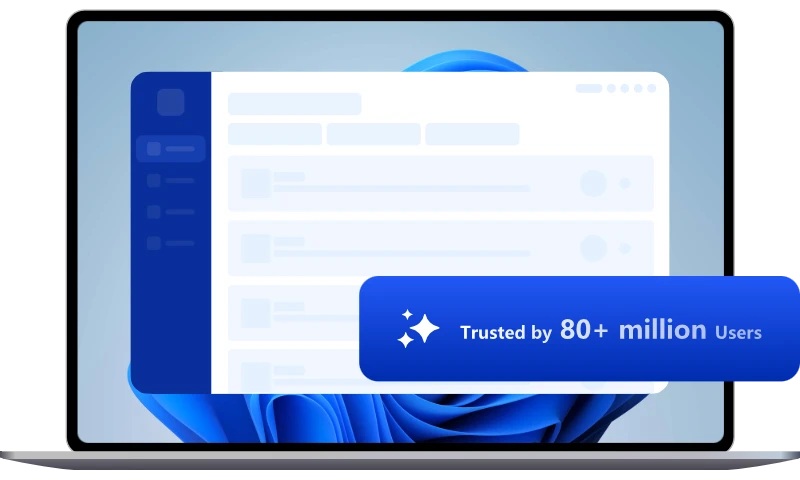Microsoft promises to further develop Windows 11 in 2022
Windows 11 will continue to be improved by Microsoft in the coming year, and strive to improve its performance so that most users will accept it.
Microsoft delivered the1.0 stable versionof Windows App SDK two or three days prior, and the Windows engineer group chose to direct an AUA (Ask Us Anything) about it on the Windows 11 subreddit. During the meeting, when a few clients whined about a portion of the lazy UI execution cases on Windows 11, the Windows designer group affirmed that it is to be sure attempting to resolve such issues in 2022. This implies the following year's Windows 11 22H2 element update could bring a quicker generally speaking UI connection reaction and execution if things do for sure work out as Microsoft claims.
Performance will be an area of focus for us in 2022. A lot of that focus will go into startup/launch perf; in terms of UI elements rendering on the screen (after the framework is loaded), we've tested the scalability of doing things like putting 10k buttons on the screen, etc. Most of the UI elements render pretty quickly already, but it would be good to understand if there are specific UI element scaling/slowness issues you're experiencing and we could take a look into that specific scenario.
[...] Internally, in addition to wanting to focus some of our UX framework's time on perf in 2022, we also have a dedicated team formed recently to tackle this topic more holistically. So there are multiple things we're collectively doing here to try and make sure we have a good perf story.
Microsoft is by all accounts viewing client criticism pretty in a serious way now, essentially for a portion of the viewpoints. For instance, the firm declared just yesterday that it is moving back to the past UWP-based Whiteboard because of helpless criticism identified with execution and diminished highlights on the new Whiteboard.
Additionally, this isn't whenever that Microsoft first has referenced execution upgrades when discussing Windows 11. Like back in September, the organization clarified how the OS was intended to get the best exhibition out of accessible equipment.

